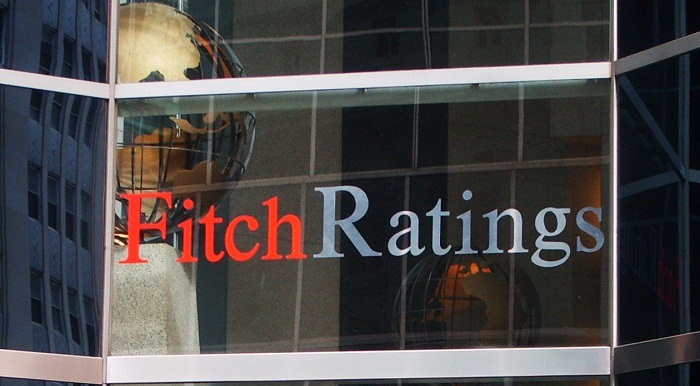However, the sovereign credit profile remains constrained by the economy`s structural weaknesses, including the difficult business environment, high concentration and vulnerability to external shocks, according to the report.
UzPSB, Asakabank and Microcreditbank`s `B` Long-term local currency IDRs reflect the strong track record of both liquidity and capital support, while Agrobank`s is one notch lower at `B-` due to insufficient capital provided by the government after alleged asset embezzlement in 2010, although the bank still received liquidity support and regulatory forbearance, the report said.
Fitch also considers that support in foreign currency may be provided in a less timely manner compared with that in local currency in light of existing convertibility regulations. Therefore all four banks` Long-term foreign currency IDRs are constrained at `B-`.
The affirmation of UzPSB, Asakabank and Microcreditbank`s Viability Ratings (VRs) at `b-` and Agrobank`s at `ccc` reflects the limited changes in the banks` standalone credit profiles since their last review in August 2013, according to Fitch.
Asset quality is reasonable in all banks with NPLs below four percent at UzPSB and Microcreditbank, and somewhat higher at Asakabank (13 percent) and Agrobank (seven percent). UzPSB fully covered its NPLs, while the three other banks` coverage was below 55 percent.
Funding is generally concentrated, but sticky, Fitch said. High loan-to-deposit ratios of over 200 percent at UzPSB and Microcreditbank reflect significant dedicated state funding for specific programmes financed by the banks and a somewhat higher reliance on the interbank market in the case of Microcreditbank. Liquidity risk is also mitigated by a high share of liquid assets of over 20 percent (a tighter 10 percent at Microcreditbank). Refinancing risk is low as the banks have minimal wholesale/external obligations.
Capitalisaiton is healthy at Microcreditbank (Fitch Core capital (FCC)/ risk-weighted assets ratio of 33 percent at end-2013) even considering unreserved NPLs (seven percent of equity), and moderate at UzPSB (12 percent) and Asakabank (17 percent; undermined by unreserved NPLs equalling high 34% of equity). Agrobank`s low capitalisation (five percent FCC ratio adjusted for the unreserved receivable, which appeared on the balance sheet as a result of the 2010 fraud) is a major weakness and the main reason for a lower `ccc` VR, according to the Fitch`s report.
The report said that the profitability is modest with ROAE being at about 12 percent at UzPSB and Asakabank (and weaker at Microcreditbank and Agrobank) reflecting the mostly directed nature of banks operations and rather weak operating efficiency. "Therefore the banks would rely on the government`s capital injections in order to comply with the regulator`s requirements to grow capital by at least 20 percent annually", the report said.
In addition, all the banks` VRs also factor in commercial franchise limitations, some weaknesses of the operating environment as well as weak corporate governance and potential deficiencies in internal controls, which give rise to significant operational risks, according to the report.
More about:
















































